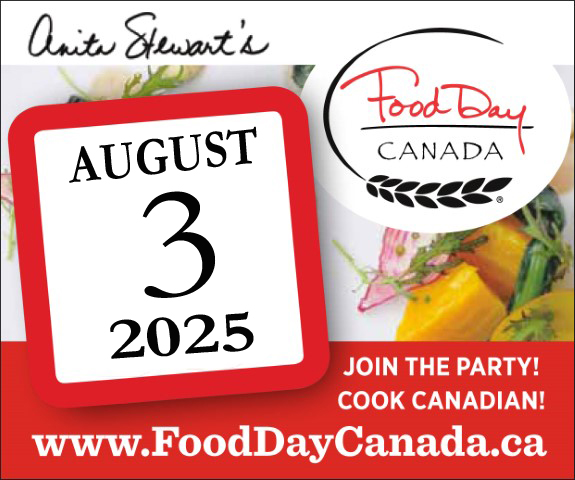Back in 2006, Anita Stewart welcomed a group of fledgling food writers into her cozy home in the picturesque village of Elora, Ontario. We were candidates for the Le Cordon Bleu Master of Arts degree in Gastronomy, meeting to exchange ideas with Anita, who’d graduated the year before. The program had been developed by Dr Barbara Santich at the University of Adelaide and was administered in conjunction with Le Cordon Bleu Paris. The course was offered for only five years, making those of us who graduated a group of rare-feathered birds. Anita went on to found Food Day Canada, to receive the Order of Canada and to become the first Food Laureate at the University of Guelph, where she also holds an honorary doctorate. I followed the Masters with a PhD in culinary history, then launched the magazine Taste&Travel.
Two years after the MA program closed, Dr Santich launched a Food Writing course at the University of Adelaide. It was offered online, with on-campus segments and virtual classrooms that allowed students to meet and interact. As she had done with us, she urged her students to read widely and most importantly, to write, write and write. Dining Alone is a collection of short stories that came out of these classes between 2007 and 2013.
Since food blogs erupted onto the scene, carefully crafted writing has become a bit of a wallflower, sidelined by the flashier appeal of the digital diary. I have nothing against blogs, they’re a great way to share information and a new literary form that allows writers of all skill levels to express themselves. But one of the fundamental differences between a blog and an essay is that the vast majority of blogs rely on pictures to help tell their story. It’s no surprise that the most popular food blogs are filled with mouthwatering images that take the place of descriptive language. A blogger can get away with using words like “awesome” and “yum” to describe a particular dish when there’s a photograph that tells us everything else we need to know about its texture, colour, plating, even its anticipated taste. It’s much more challenging to convey this information when your only tools are words.
“Food writers might not like to call themselves ‘public stomachs’ but they recognize the importance of communicating to readers the taste of a particular food or dish, whether in a restaurant review, a work of fiction or a journalistic article,” Santich writes in her Introduction. Her classes include exercises where students taste and try to describe different kinds of food. Chocolate and cheese. Got that down? How about purple yam paste or durian jam? Finding the right words, words that have the power to create images in the mind of the reader, is the crux of the writer’s art and while meals and blogs are by nature transitory, good food writing is not ephemeral — it has the ability to endure.
One of our goals at Taste&Travel is to create opportunities for new food writers to publish their work. In 2012 Dr Santich invited me to hold a writing competition for her students, with the winner given the opportunity to write an article for the magazine. The standard of writing was so high, I declared a three-way tie and when two more students begged to be included, we formed a team of five who collectively wrote Tasting Australia, the cover story in our January 2013 issue. A second collaboration with another group of students plus New York journalist Jonathan Lerner resulted in last issue’s cover story, Spotlight on Melbourne. So I was happy to recognize some familiar names among the contributors to Dining Alone.
Food is a recurring theme in Dining Alone. There are cupcakes topped with butterflies, demented showgirl lobsters, lashings of French food, sinful desserts, gallons of cream and plenty of wine. But eating alone is also a metaphorical act. In these 39 stories you will find yourself in the company of solitary diners whose emotions range from bitterness to bliss. I won’t spoil your pleasure by telling you how each writer exploits the rich dramatic and literary possibilities of the ‘Table for One’ but I will tell you that reading this beguiling anthology is like dipping into a box of luscious, hand-crafted chocolates … unwrap one delicious morsel and it’s hard to resist helping yourself to another.


